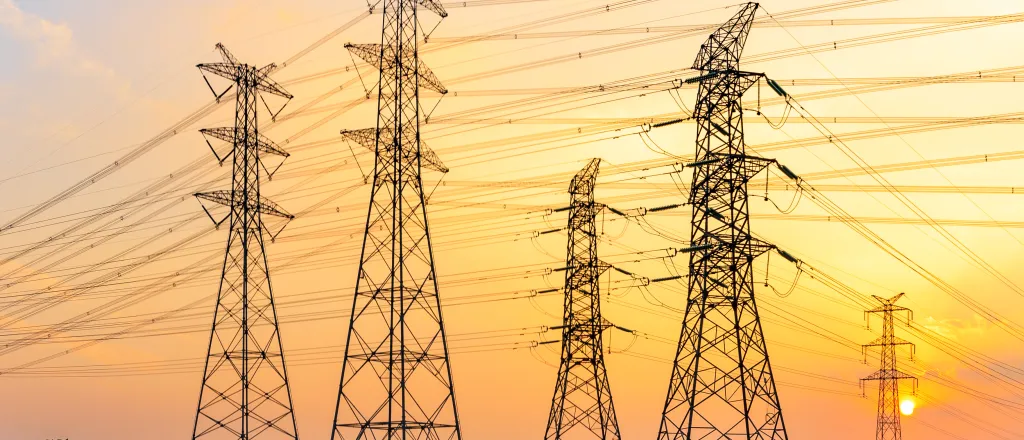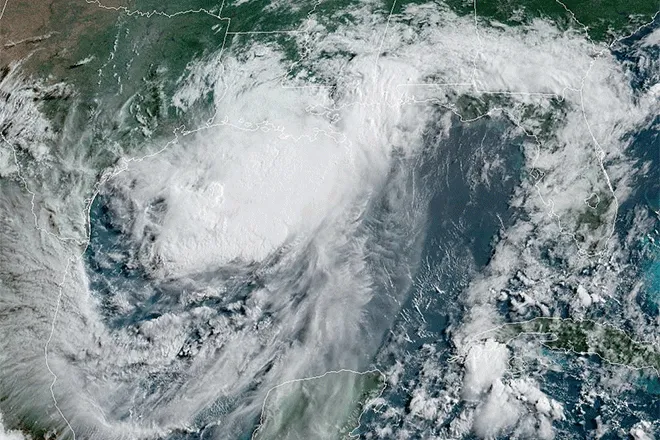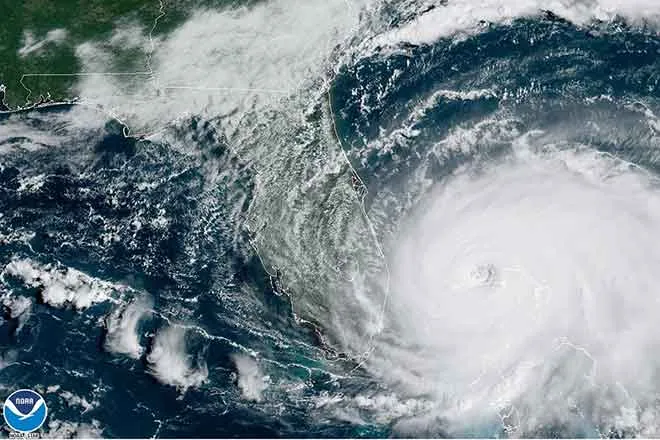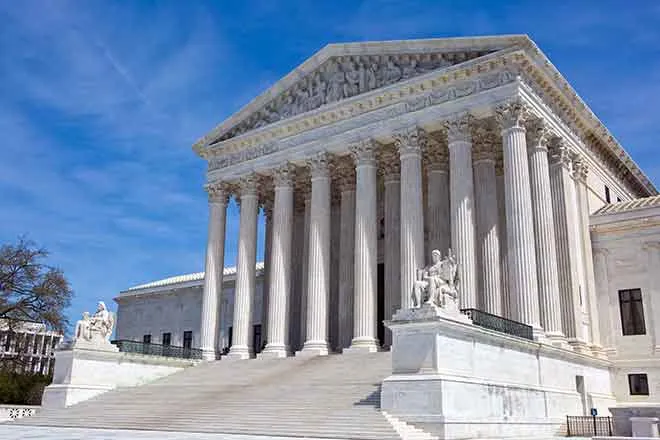
Report boosts unified power authority for western states
© iStock - zhaojiankang
(The Center Square) – A new report by consulting firm Energy Strategies found that establishing a Regional Transmission System for Western states could bring significant economic benefits to the region, including up to 657,000 permanent, high-paying jobs and $2 billion in annual energy savings.
The “Western RTO Economic Impact Study” was conducted on behalf of Advanced Energy Economy, a Washington, D.C.-based trade association.
An RTO coordinates, controls, and monitors a multi-state electric grid.
Currently, the West is one of the only regions in the U.S. without an RTO managing its power grid.
Energy Strategies’ analysis found that every state in the Western region – Arizona, California, Colorado, Idaho, Montana, Nevada, New Mexico, Oregon, Utah, Washington, and Wyoming – could expect to benefit from an RTO.
Per the report, an RTO could benefit the regional economy by lowering electricity prices, driving clean energy development, expanding existing businesses, and attracting new businesses.
Besides generating jobs through 2030 and saving costs on energy, the report touts up to $79.2 billion in additional gross regional product per year across the 11 states and the addition of 4,400 Megawatts of clean energy to the Western grid.
"We at AEE commissioned this study to look at the economic impact of a Western RTO and what that would mean for the region and the states," Amisha Rai, Managing Director at AEE, said during a Tuesday morning virtual press briefing.
Todd Myers, environmental director for the free market Washington Policy Center think tank in Seattle, said an RTO would mean trade-offs.
“Like everything, it is a mixed bag,” he said. “Generally, expanding electricity trade among states makes the system more resilient, allowing energy to go where there is demand.”
The report’s RTO job-creation numbers struck Myers as too rosy.
“The projection of creating a huge amount of new jobs, however, seems ridiculous to me,” he said. “Such projections are wildly speculative.”
Myers noted not all states would see the same results under an RTO.
“But the impacts will vary from state to state,” he said. “Washington has some of, if not the, lowest electricity rates in the nation. Increasing trade among states would create more competition for our electricity, and would probably drive our rates up while driving rates in other states down.”
He went on to say, “On aggregate, overall costs could go down, but not every state would necessarily see benefits.”
A collective arrangement like an RTO would also mean individual state laws could end up influencing other Western states, Myers pointed out.
“Additionally, laws about energy mix would still be state-to-state,” he said. “So, if California made foolish decisions – like closing the Diablo Canyon nuclear plant – that would put additional pressure on Washington state’s electricity.”
The Diablo Canyon plant is scheduled to shutter one unit in 2024 and the second in 2025. The closures are part of a settlement agreement reached by plant operator Pacific Gas & Electric Co., environmental groups, and local authorities.
With the threat of power shortages looming, California leaders – including Governor Gavin Newsom – are considering delaying the long-planned closure of the state’s final nuclear power plant.
“That exists to some extent already,” Myers said of pressure from other states on Washington’s electricity, “but an RTO would, theoretically, increase the impact of other states’ policies on Washington.”
In the coming months, AEE plans to release reports on how individual Western states would be impacted by an RTO, Caitlin Liotiris, principal with Energy Strategies, said.

















